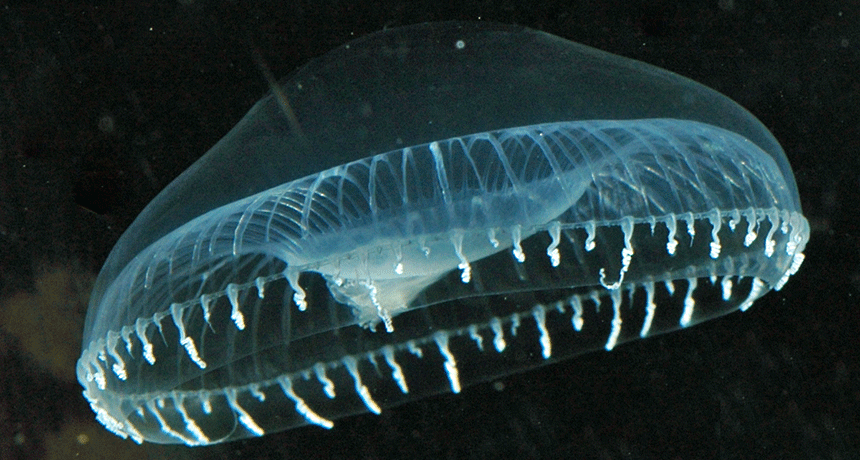bioluminescence The light emitted by certain animals — such as fireflies, squid and deep-sea fishes — and by some shallow-water algae.
chemical A substance formed from two or more atoms that unite (bond) in a fixed proportion and structure. For example, water is a chemical made when two hydrogen atoms bond to one oxygen atom. Its chemical formula is H2O. Chemical also can be an adjective to describe properties of materials that are the result of various reactions between different compounds.
chemical reaction A process that involves the rearrangement of the molecules or structure of a substance, as opposed to a change in physical form (as from a solid to a gas).
chemiluminescence The emission of light from a chemical reaction.
current A fluid — such as of water or air — that moves in a recognizable direction. (in electricity) The flow of electricity or the amount of electricity moving through some point over a particular period of time.
electroluminescence The process by which the passage of an electric current through some semiconductors will discharge some energy as visible light.
luminescence The glow produced by a chemical or electrical process that doesn’t require producing heat. Some animals are able to luminesce, based on chemical reactions ins ide their bodies.
Mars The fourth planet from the sun, just one planet out from Earth. Like Earth, it has seasons and moisture. But its diameter is only about half as big as Earth’s.
organism Any living thing, from elephants and plants to bacteria and other types of single-celled life.

